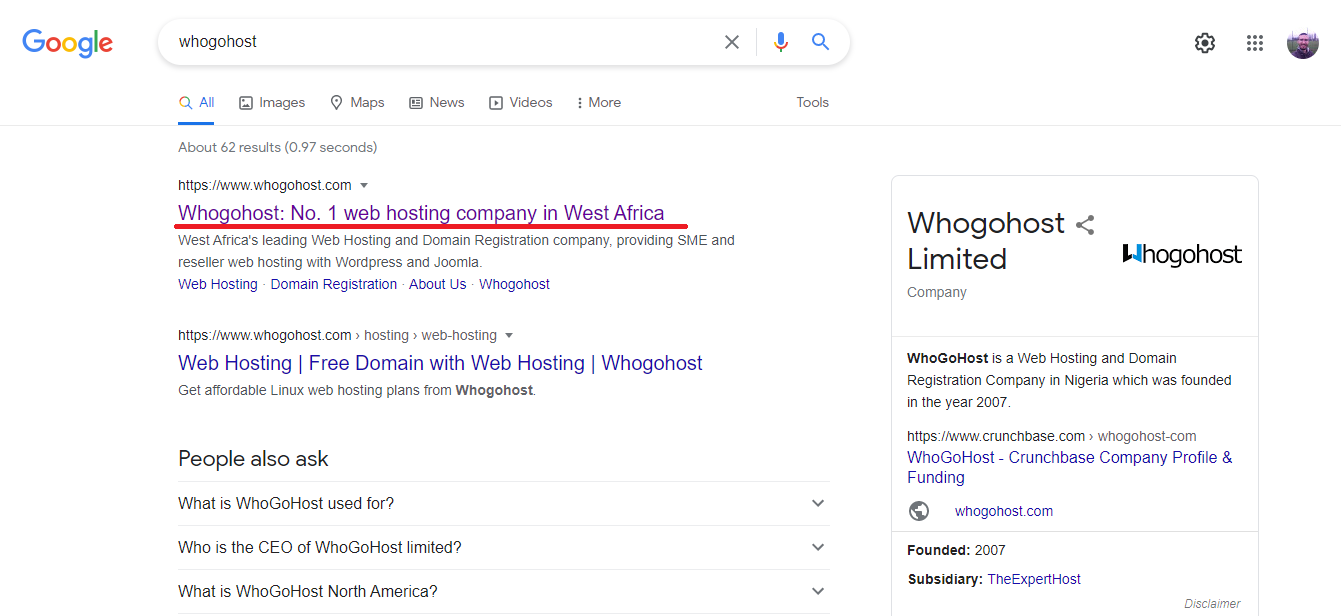It’s no secret that most eCommerce brands don’t do a good job on YouTube.
Click the YouTube icon on almost any eCommerce startup’s website, and you’re bound to see videos with only a handful of views. Or worse, a channel that was abandoned years ago.
Yet, there are plenty of eCommerce brands doing a great job on this video platform.
What are their secrets? And how can any eCommerce company transform a disappointing video strategy into one that gets results?
In this article, we’ll give you the top tips for getting more eyes on your channel, your videos, and your products.
Create high-quality content
Think about the YouTube channels you follow. What makes them worth watching?
Chances are, you watch videos that are funny, interesting, educational, or all of the above. And while it sounds basic, creating great content is the start of any successful channel.
Your favorite YouTube channels succeed with great content. And the same goes for eCommerce brands.
Learn from the best
The best way to create great eCommerce videos is to watch other companies already doing a great job! Their videos are a free resource you can mine for ideas.
Find a brand in a similar industry as you or one with a similar market. For example, if you sell hair products, you might find inspiration from a makeup brand like Glossier.
You can quickly see that Glossier posts lots of branded content that tells a story through its brand and products. Sharing your own stories could be a way to build off the principles that have made Glossier a success.
Invest in equipment
The quality of your equipment determines how far you’ll be able to go.
No top-rated YouTuber makes videos with an outdated laptop camera, and you shouldn’t, either. The quality of your equipment signifies to others the quality of your content.
The great news is that it doesn’t need to be expensive. For a simple home studio, you can get a great setup for a few hundred dollars.
The most important pieces of gear include HD cameras, microphones, lighting, and backgrounds. The technology on the market is always changing, so look for guides by experts designed around your budget.
For example, the Wistia DIY lighting kit is a simple lighting setup you can buy for $100 at your local Home Depot.
Make clickable content
Once someone clicks on a video, they’re almost guaranteed to watch at least a few seconds. But getting that first click is harder than ever.
Thankfully, there are strategies to get new viewers to see your content for the first time.
Study proven content formats, like how-to tutorials, top 10 lists, product tips, and more. The less salesy and more educational or interesting your videos are, the more people are likely to click. Even better, the more likely YouTube will recommend those videos to new viewers.
Another idea is to create themed content that goes together. Glossier’s “Lash Slick” videos above are a great example—they’re different movie genres built around the same product.
You can create playlists from these themed videos, which encourages viewers to automatically watch a series of your videos (without having to click for each one).
Improve your YouTube SEO
Search engine optimization isn’t just for Google anymore.
The techniques apply to videos, too—and they can help you find new visitors from the millions who search on YouTube before going to Google.
After all, YouTube is the second-largest search engine in the world, depending on how you run the numbers. Here’s how to do YouTube SEO right.
Start with keyword research
You’ll want to find a word or phrase people are searching for on YouTube. Using a free or paid SEO tool will make your job much easier. These tools can list thousands of keywords in a few seconds.
Look for related words and phrases and include those in a keyword-rich video description, along with calls to action.
Successful video descriptions use a few paragraphs to explain the video, include the target keyword, and include related words.
For example, in Nextiva’s video on cloud contact centers, the description lists different related phrases like “contact centers,” “call centers,” “improving customer service,” and more.
Include product links, coupon codes, and timestamps
You’re selling something, so it’s a good idea to share details where viewers can buy the products you feature in each video.
If you have coupons, include those in the description as well. And timestamps can help viewers jump to the section they’re most interested in—important if you create longer videos.
Below is another example from Nextiva. You’ll notice that the auto-attendant video links to related pages, the Nextiva product page, and timestamps to sections in the video.
These small additions make for a much better user experience and thus help your video rank better across YouTube and third-party search engines.
Go beyond keywords
While keywords are important, they’re far from the only factor in SEO.
YouTube almost certainly ranks videos higher if people are more likely to click and watch them. So spend time writing clickable titles and choose engaging thumbnails.
You can also boost your view count by sharing your video across other blogs and web pages. Popularity is a sign to YouTube that people like your content—another helpful ranking factor.
Email marketing and YouTube
Are you surprised to see email listed as a way to boost your YouTube channel?
There are several ways you can use email to get more views, subscribers, and happy customers.
Use email content campaigns
If you’re leveraging email for your YouTube channel, content campaigns are perhaps the best place to start. The idea is simple—share new YouTube videos with your email audience.
The videos can be top-of-funnel content, information on new products, tips and tricks, or anything that your targeted audience would click on.
If you already have an email list, this is an easy way to get more views for your channel.
Segment as needed
Most eCommerce startups on YouTube share content for different types of buyers. Perhaps you have reviews to help prospects buy, how-to videos for existing customers, and creative content for brand recognition.
Or perhaps you create videos for different markets, like students, hobbyists, and professionals.
You don’t have to send every video to all your subscribers! You can segment email lists based on engagement on particular videos, previous purchases, or even based on where someone signed up for your newsletter.
Push viewers to sign up to your email list
While YouTube subscribers are great, it’s risky having fans on a platform you don’t own.
For example, just a few years ago, YouTube changed its notification system, requiring subscribers to click the “bell” icon for consistent updates. These small changes can have big impacts on creators.
That’s why moving subscribers from YouTube to your email list is a good idea. If you’re not already promoting email in your videos, it’s never too early to start.
Work with brand influencers
You’ve heard of influencer marketing. But is it the right strategy for you?
Do a series
Once you’ve found influencers who are a good match for both of your brands, there are a few different approaches you can take.
One of the most successful is doing a series of videos featuring the influencer you’ve partnered with. Include them in a few different segments pitching a unique angle in each one.
Use affiliates and promotion
Give influencers an incentive to help you sell by offering them an affiliate link with a coupon code for your brand. You need to give them a reason to promote you!
This strategy can also work with influencers you don’t directly reach out to. If influencers can create their own affiliate link for your brand, anyone with a social media following that’d like to help promote you can sign up on their own.
Run a PPC campaign
Running paid YouTube ads can be pricey, but PPC is a great way to increase your reach quickly. To get the best results from your effort, here’s what you need to know.
Use short, to-the-point videos
We’ve all skipped an ad that went on for too long. So use short videos that hit the biggest reasons a customer should take action.
Ideally, you’ll want videos that are only 15-30 seconds and introduce your brand, what you do, and how you benefit the viewer.
Warby Parker does this well with their short videos introducing their try-on app. In just 17 seconds, you see five short testimonials promoting the tool.
A different take on the short eCommerce promo video comes from Barkbox, highlighting the different themes in every box in just 15 seconds.
Fifteen seconds isn’t much time, so you need to make it count!
Have a clear and quick CTA
With just a few seconds, almost every frame should point to your final call to action.
In the Warby Parker example above, every testimonial points to how fun and helpful the app is—making the user want to download it.
And always choose just one CTA. Decide the single most important action for the viewer to take and focus on it.
Conclusion
So there you have it! Some of the best tips to start growing your eCommerce YouTube channel.
It all starts with quality content, both in how and what you film. For growth on YouTube, SEO is key. Thankfully, knowing a few simple techniques can put you far ahead of your competitors.
Email marketing is a strategy to grow your audience beyond YouTube. And while they might cost more, brand influencers and PPC campaigns can get viewers and subscribers quickly.
There’s a strategy to boost every YouTube channel!










